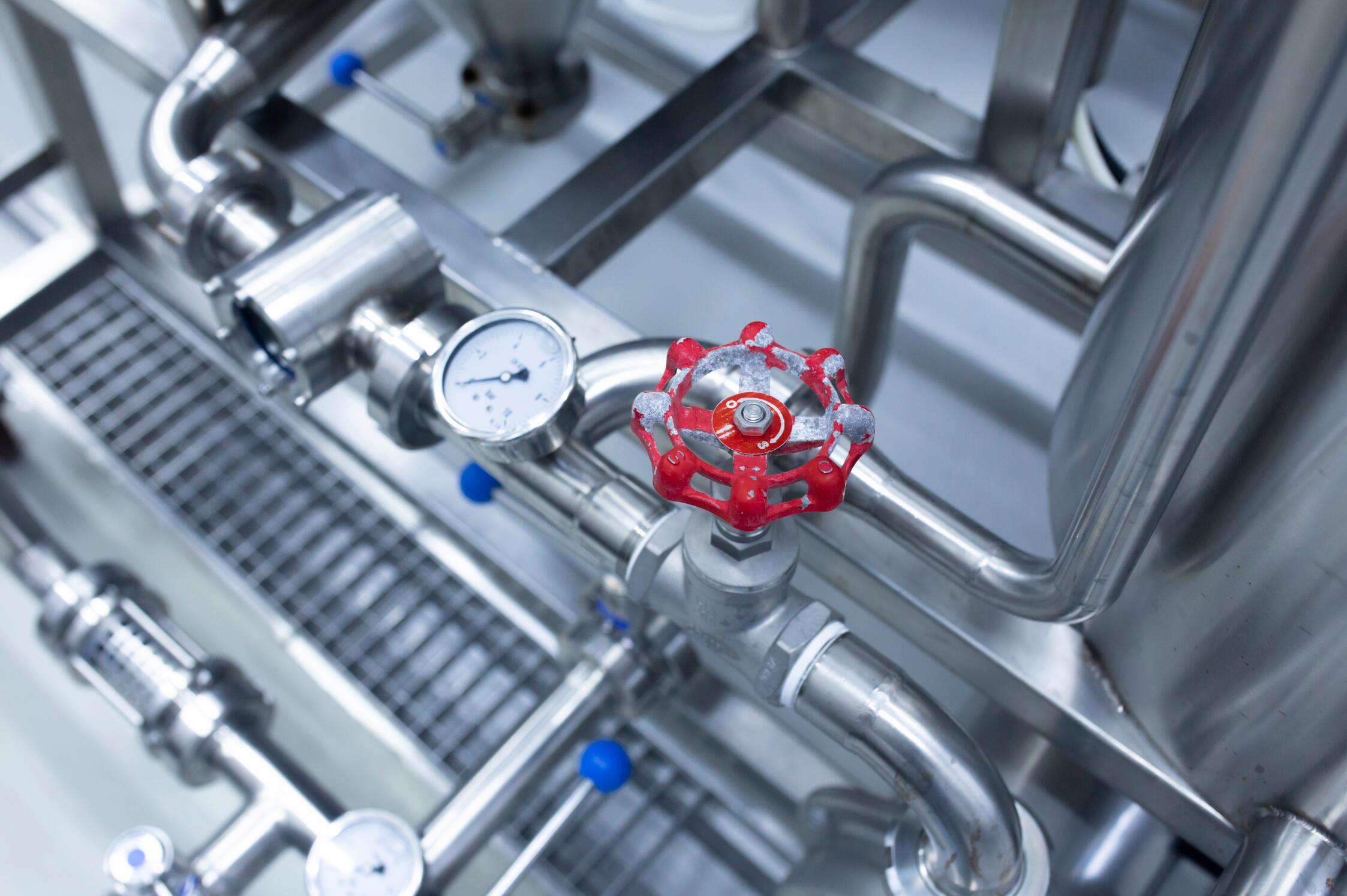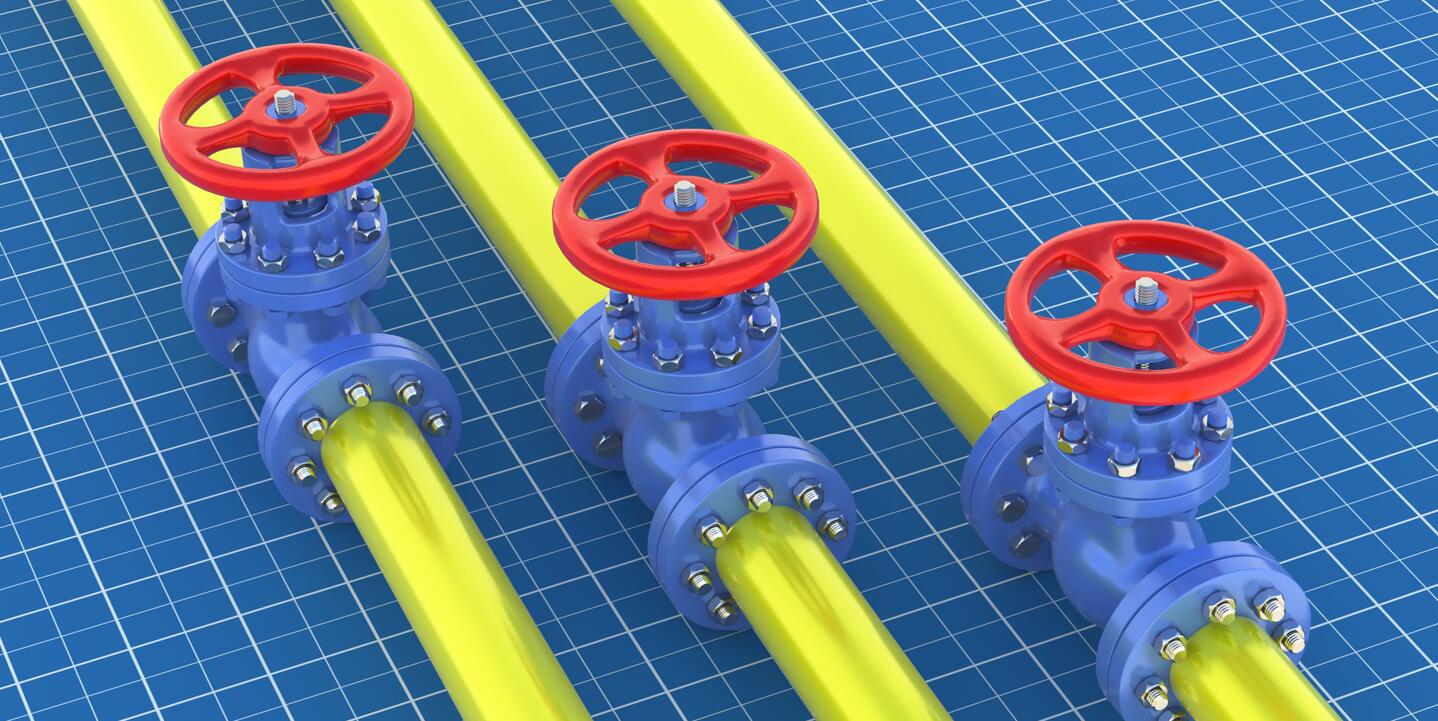Introduction
In many industrial fields, precise gas sampling and analysis is required to ensure the safety and efficiency of the production process. The 6-port gas sampling valve is a key tool that plays a vital role in chemical engineering, environmental monitoring, medical equipment and other fields. This article will deeply explore the technical principles, working principles and application scenarios of the 6-port gas sampling valve.

Technical Principles
The 6-port gas sampling valve is a precision instrument whose core principles are based on fluid mechanics and valve design. It usually consists of a body, multiple ports and valve assemblies. The following are its key technical principles:
Multi-port design: The 6-port gas sampling valve gets its name because it has six ports, one of which is used for gas sampling and the other five are used for different purposes such as venting, flushing, maintenance, etc. The design of these ports allows the valve to perform multiple functions without interrupting gas flow.
Internal channel design: The interior of the valve contains a complex system of channels that allow gas to flow or be separated between different ports. Through reasonable channel design, fast and accurate gas sampling can be achieved.
Operating mechanism: 6-port gas sampling valves are usually equipped with an electric or manual operating mechanism to control the opening and closing of the valve. This operating mechanism ensures that different ports are selected precisely when needed to meet different application requirements.
Working Principle
The working principle of the 6-port gas sampling valve can be briefly described as the following steps:
- Initial state: The valve is closed and all ports are isolated. At this point, gas cannot flow through the valve.
- Injection: When sampling is required, the operating mechanism switches the valve to the injection port, allowing gas to enter the sampling channel.
- Sampling: Gas enters the analysis equipment through the sampling channel for chemical or physical analysis. This process can be ongoing or timed, depending on application requirements.
- Drain or Flush: After sampling is complete, the gas can be vented to the environment or the sampling channel can be cleaned by flushing the channel in preparation for the next sampling.
Application Scenarios
6-port gas sampling valves are widely used in various fields. The following are some typical application scenarios:
- Chemical Engineering: In chemical plants, 6-port gas sampling valves are used to monitor the gas composition in the reactor to ensure the stability and safety of the reaction process.
- Environmental monitoring: Gas sampling valves are used in air quality monitoring stations to collect samples of pollutants in the air for environmental monitoring and analysis.
- Medical Equipment: In the medical field, gas sampling valves are used to analyze the oxygen and carbon dioxide content in breathing gases to monitor a patient’s life support system.
- Combustion Analysis: During the combustion process, the 6-port gas sampling valve can be used to collect samples from the fuel and exhaust gas to optimize combustion efficiency and reduce emissions.
- Laboratory research: Researchers can use gas sampling valves to conduct a variety of laboratory studies, including gas reactions, materials analysis, and biological studies.
Summarize
The 6-port gas sampling valve is a key technology that plays an important role in multiple fields and provides an effective solution for precise gas sampling and analysis. By fully understanding its technical principles and working principles, as well as different application scenarios, we can better understand its importance in modern engineering and science. As technology continues to advance, the 6-port gas sampling valve will continue to bring more innovations and improvements to various industries.





